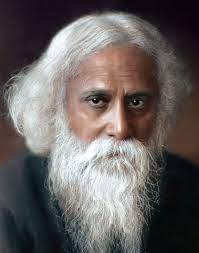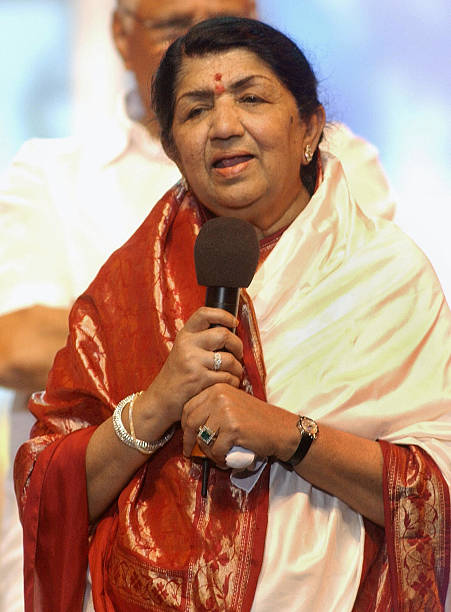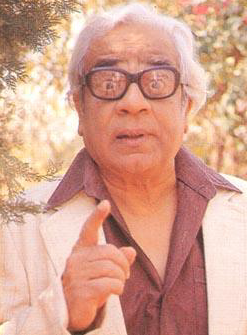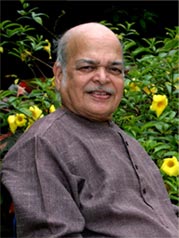 “What is Art? It is the response of man’s creative soul to the call of the Real.”
“What is Art? It is the response of man’s creative soul to the call of the Real.”
Rabindranath Tagore, son of Debendranath Tagore, was an accomplished writer, poet, teacher, painter, song composer, and social reformer; and the only Indian to win a Nobel in Literature in 1913. Born in British India in 1861 in a Brahmin family, he was schooled at home and was sent to England to complete his further education. He is a creative artist who was largely responsible for popularizing Bengali literature in India as well as the West.
After completion of his studies, he dedicated his time to writing proses and poetry, along with looking after his ancestral property. Many of his verses, which were originally written in Bengali, have been translated into English and other Indian languages. Most of his essays spoke about social reforms and displayed modern and rational thinking in an era that was quite orthodox. His short stories reflected the plight of women & their feelings and social status that needed revolutionary change. Through his writings, he communicated the ideas of giving equal status to women, reducing caste differentiation, and other social evils such as untouchability and illiteracy. His popular collections include:
In 1901, he even founded a school, Shantiniketan, which instilled both Indian and Western values, while imparting education from both school systems. He stayed with his family on the school premises while continuing to teach students across India. He was even awarded a knighthood in 1915, however, as a sign of protest for the Jallianwala Bagh massacre, he returned it.Married to Mrinalini Devi, Tagore’s contribution towards encouraging youth to join the freedom struggle while fighting social evils is quite immense. A man of such stature, his writings spoke of the pain, happiness, social systems, and the good as well as bad of traditional Indian society. His poems and proses will be forever savored by patrons of world-class literature.
“We gain freedom when we have paid the full price.”
Birth Score – 4/5
Pride Score – 5/5
A super-impressive 9/10 Notable Brahmin Score.


